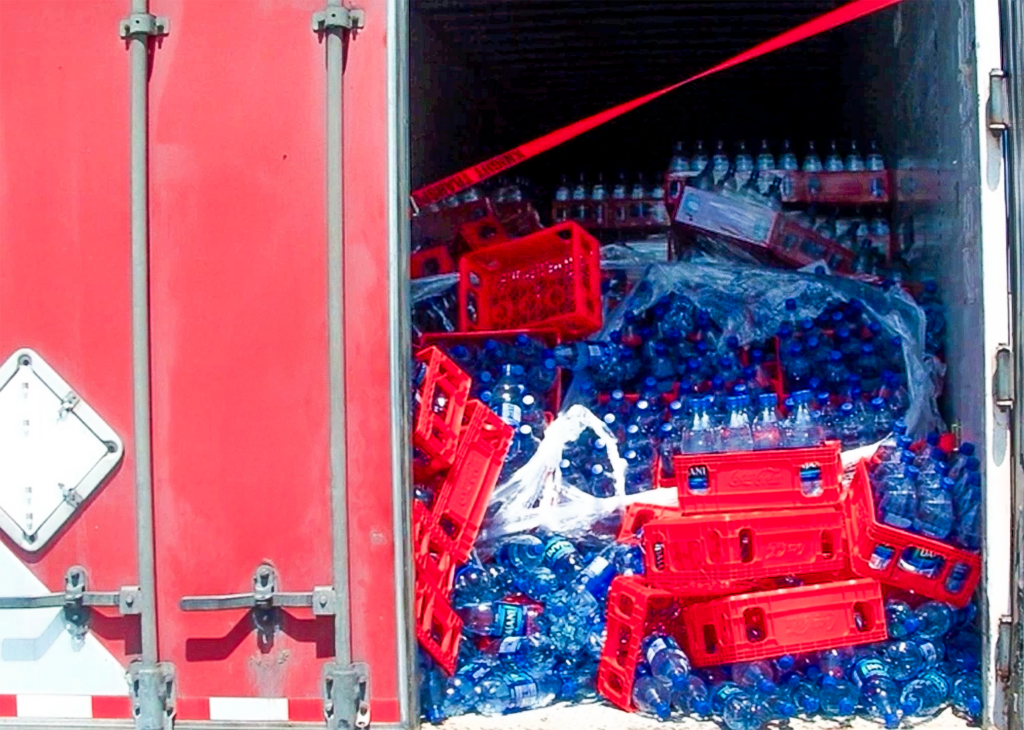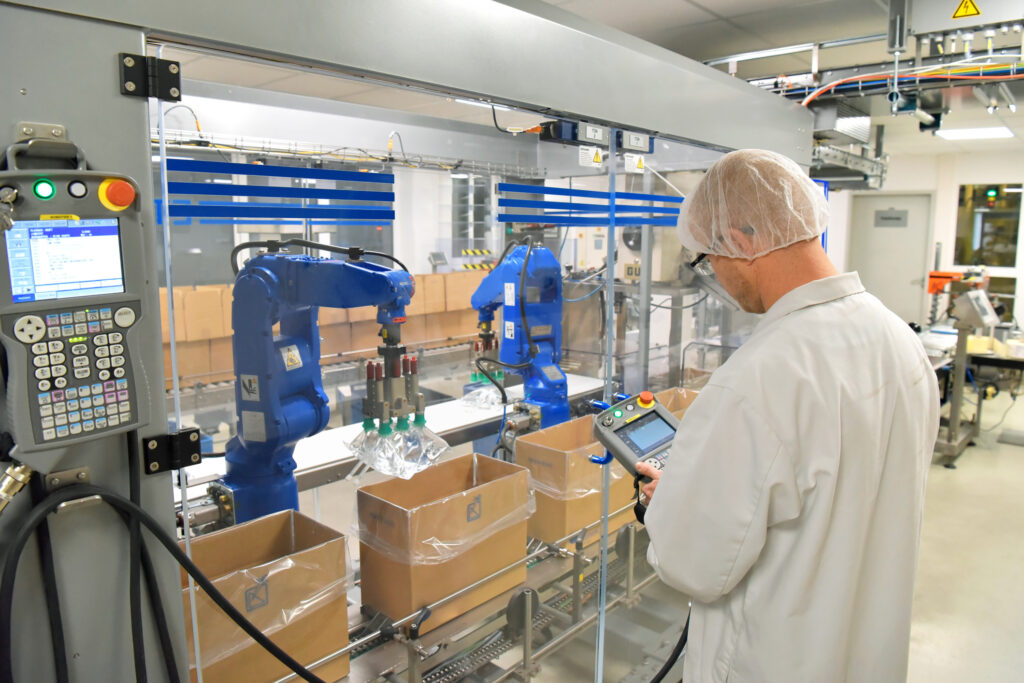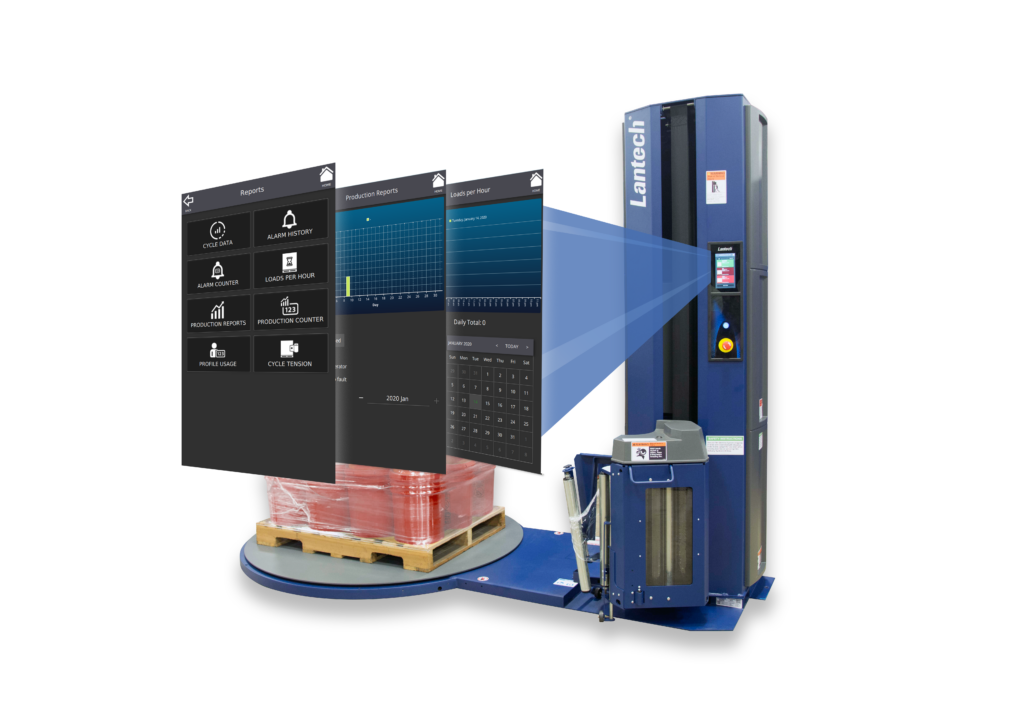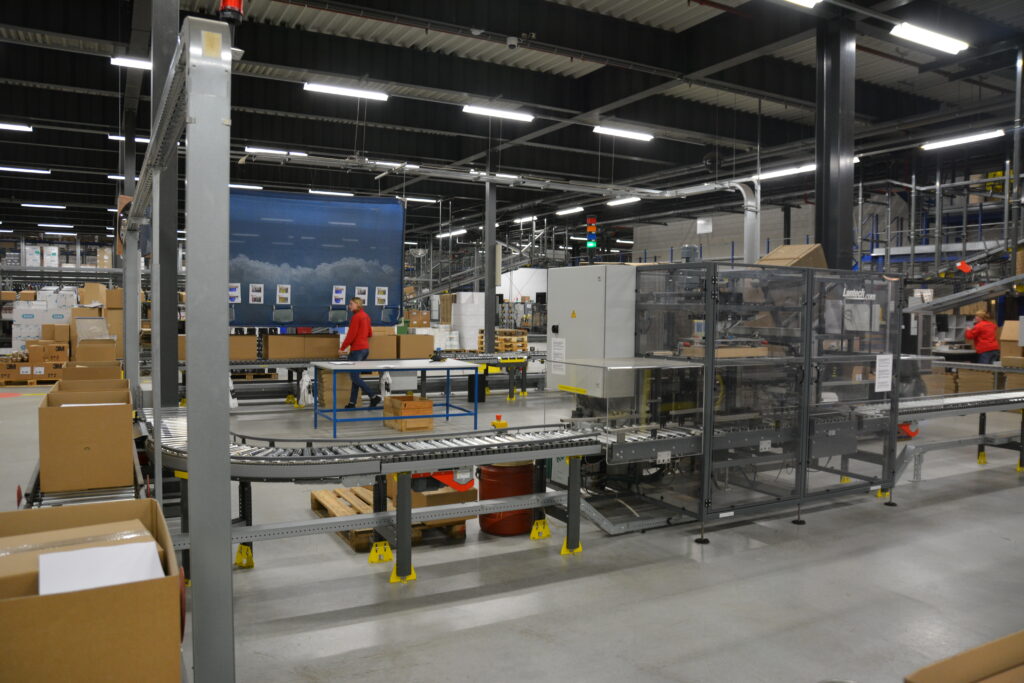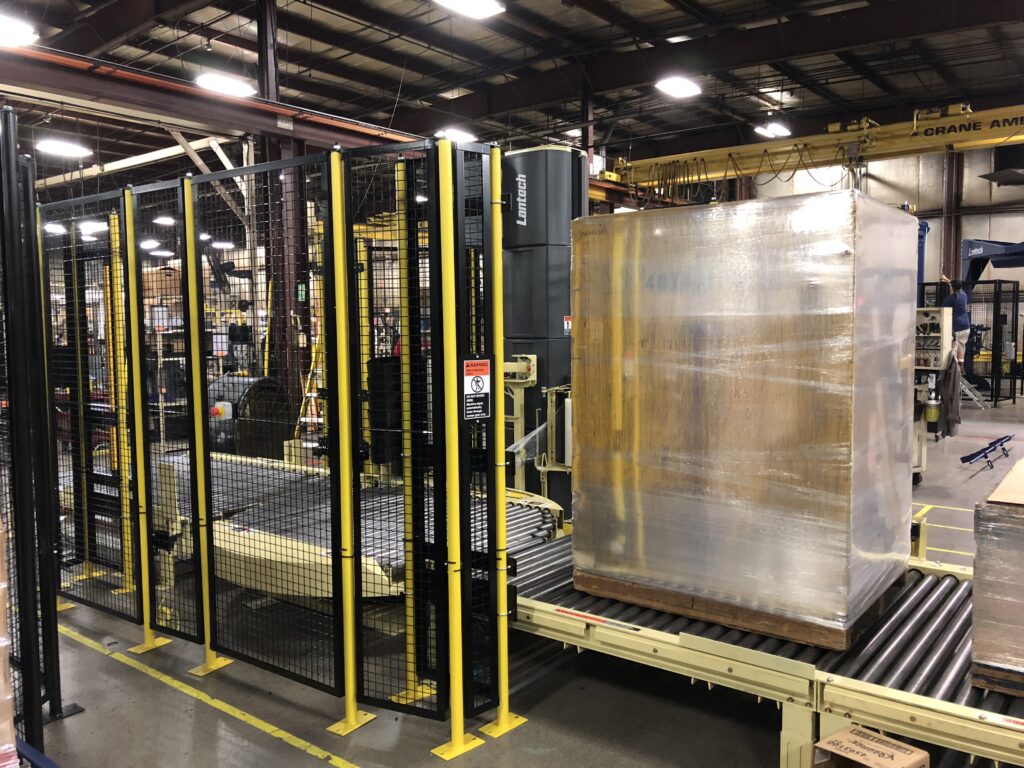Let’s face it. Machines are better than humans at doing rote tasks, but they’re not better at doing work that requires intellectual decisions. In the world of stretch wrapping, machines wrap loads better than people do. A lot better, actually.
But companies around the world wrap a staggering amount of loads every day by hand. Most of these loads arrive at their destinations just fine, without damage. But many fail during shipping because the loads aren’t wrapped tight enough. This happens, most likely because during their journey, the vibration from the truck cause layers of the load to shift and eventually fall apart. Many recipients will reject damaged loads, return them to the manufacturers, or worse, dump them in a landfill.
Operators Aren’t as Consistent at Wrapping Loads as Machines
The biggest problem with hand wrapping is that operators aren’t as consistent at wrapping loads as machines. Don’t get us wrong, an operator has the potential to wrap several, good loads in a row, but it’s hard to do it well each and every time.
Another challenge that faces hand wrapping is the process of securing loads to pallets. When loads aren’t secured, they may slide off their pallets, hit another load and damage the secondary and primary packaging and, sometimes, even the product inside. It’s difficult for people to bend over and wrap film all the way down to the bottom of the pallet over and over again.
Hand wrapped loads that have film applied all the way down to the bottom are at risk for failure. Bad things happen to these loads when forklifts pick them up. Forks puncture the film. Sometimes, the punctured area has a tendency to spread, leaving the load vulnerable.
Stretch wrappers, though, are able to lock the load to the pallet with a tight film cable applied just below the top board of the pallet. The cable placement allows plenty of room for the forks to pick up the load without puncturing the film.
To Reduce Costs, Hand Wrapping Doesn’t Cut It
Finally, when it comes to saving costs, hand wrapping doesn’t cut it. Machines can significantly cut down on film usage. Stretch wrappers with powered film delivery systems stretch film up to 300 percent, which decreases film consumption by at least half. It’s almost impossible for a person hand wrapping a load to stretch the film at the same levels as powered film delivery systems.
So why do so many people still wrap loads by hand when a machine can do it safer, cheaper and more efficiently? That’s one of the many mysteries of life – or at least of the secondary packaging industry.
Looking for ways to reduce in-transit damage with a stretch wrapper? Click the banner below to download Lantech’s 10 steps to damage reduction.
Read related article: 3 Ways a Stretch Wrapper Improves Productivity
For more information, you can contact us on our website or call us at (502) 815-9109.
This post was published on December 11, 2014 and updated on November 12, 2019.
December 11, 2014

